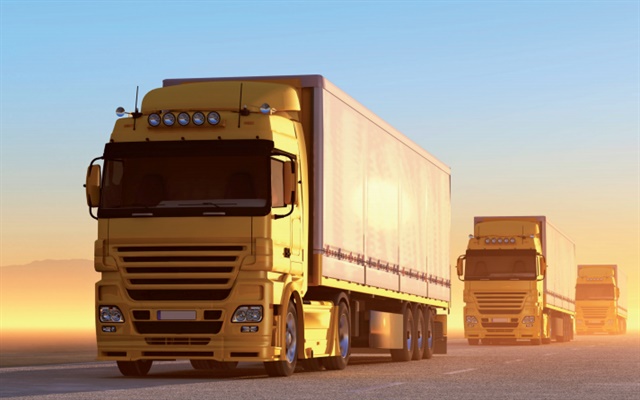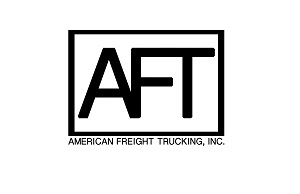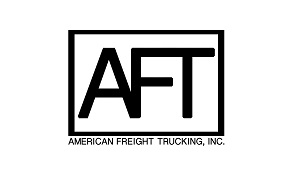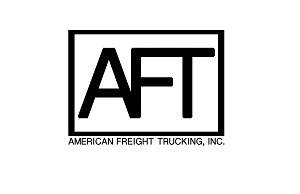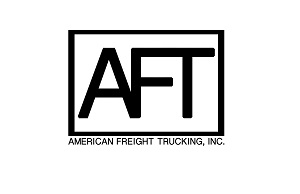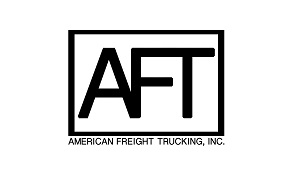Report: Autonomous Trucks Could Kill Millions of Jobs by 2030
Photo via International Transport Forum report.
">Photo via International Transport Forum report.
">LEIPZIG, GERMANY— Autonomous trucking might solve the driver shortage problem, save money and reduce emissions, but the massive job losses and other problems caused by the shift over the next 13 years might well lead to serious social disruption. Regulating agencies, industry, and governments in North America and Europe should start planning for the change now.
That's the gist of a new broad-sweeping report released today by the European Automobile Manufacturers' Association (ACEA), the International Transport Workers' Federation and the International Road Transport Union (IRU), the road transport's industry's global body, in a project led by the International Transport Forum, a Paris-based intergovernmental organisation linked to the OECD.
Despite the ungainly title “Managing The Transition to Driverless Roadfreight Transport,” the extensive report doesn't pull punches. Autonomous trucks will lead to huge layoffs. And if regulating bodies don't start working together now to adopt driverless technology, chaos could ensue.
“Automated trucks could reduce the demand for drivers by 50-70% in the US and Europe by 2030, with up to 4.4 million of the projected 6.4 million professional trucking jobs becoming redundant, according to one scenario,” the report says.
Even if the rise of driverless truck dissuades newcomers from trucking, over two million drivers in the U.S. and Europe could be directly displaced, the report says.
The report has four main recommendations for stakeholders and regulators involved in the transportation industry:
Consider a temporary permit system to manage the speed of adoption;Set international standards, road rules and vehicle regulations for self-driving trucks;Continue pilot projects with driverless trucks to test vehicles, network technology, and communication protocols.To download the entire report, click here.
Related: The Dark Side of Autonomous Tech Nobody Wants to Talk About
Follow @HDTrucking on Twitter
...Read the rest of this story